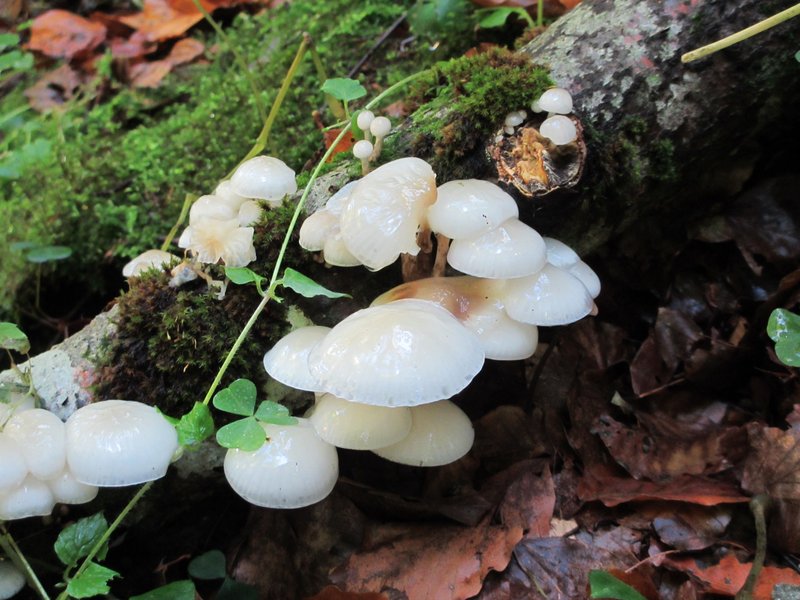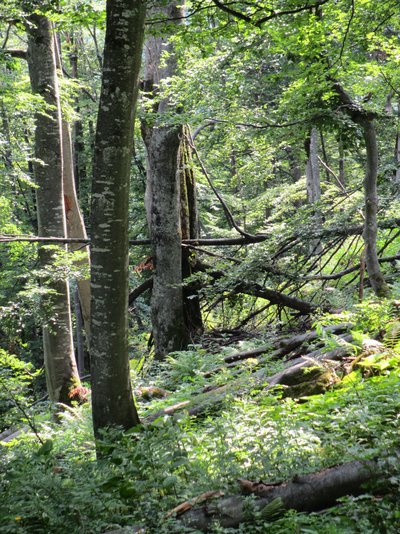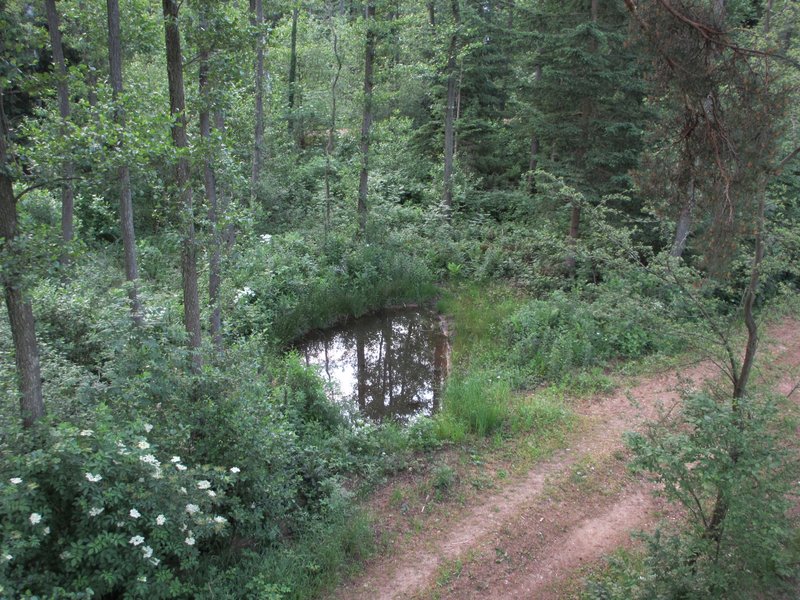This led to the idea of integrative biodiversity conservation in forests that are not subject to a strict protection regime (i.e. segregation). The intention behind this was not least to counter the call for more and more strictly protected forests that are withdrawn from commercial use, namely sustainable forest use - while at the same time preserving biodiversity: integration instead of segregation.
A European network
On the basis of several research projects, a political initiative was finally launched - the European Integrate Network. This was founded in 2016 on the initiative of Germany and the Czech Republic with the participation of Austria and institutionalized through a suitable international contractual structure with a multi-donor trust fund as a financing instrument. The secretariat is run by the European Forest Institute (EFI) in Bonn under the direction of Dr. Bernhard Wolfslehner. Austria is represented in this forest policy initiative by the Federal Ministry of Agriculture and Forestry (BML) in the person of Dr. Johannes Schima, while technical matters are coordinated by the Federal Research Centre for Forests (BFW). Austria currently also holds the chairmanship of the network, represented by Dr. Georg Frank.
Integrate basics
The objectives of the network are:
- Promoting biodiversity in managed forests under the conditions of climate change and the associated challenges
- Supporting forest policy processes and their implementation
- Strengthening the interaction between research, politics, practice and society
The basic idea is that more can potentially be achieved for the conservation of biodiversity through simple measures on the ground than through the mere segregative designation of protected areas. In any case, integrative biodiversity conservation measures or omissions within the framework of normal forest management are crucial for the exchange between protected areas (such as core zones and natural forest reserves).
With relatively little effort, measures to promote biodiversity can be integrated into proven silvicultural concepts and area-wide improvements can be achieved. This also enables further, necessary use of the European forest. However, silvicultural methods must also be adapted to this expansion of objectives.

Fig. 1: Oudemansiella mucida as a deadwood colonizer. Photo: BFW
Marteloscopes as training and exercise areas

Fig. 2: Marteloscopes are used as training areas, for example for displaying habitat trees. Photo: BFW
Marteloscopes are demonstration areas, usually in the order of 0.25 to 1 ha. Each tree is recorded coordinately and provided with many attributes in the background, including yield-related key figures, but also biodiversity features such as tree hollows and a whole range of other tree features. Marteloscopes serve as training areas. Depending on the question, the user can carry out different types of display on the tablet - from purely yield-oriented to value growth-oriented or up to the largest possible number of habitat trees. Special software and adapted training programs for this are constantly being improved and expanded. New developments provide information on value growth or carbon storage with different treatment methods.
However, the range of applications also extends to use by interested persons in urban forests, with free access to the software. In this way, understanding can also be generated for a wide range of forest management measures.
The Integrate network currently operates 233 Marteloscopes in 26 European countries. Different forest types, ownership categories and treatment strategies are mapped. In Austria, BFW has set up three Marteloscopes at the Traunkirchen Forest Campus, and one Marteloscope in Tyrol is used to train professional forest staff.
Thinking forest policy
The Integrate concept may also become increasingly important in terms of forest policy. Proactive approaches to forest management are important in view of a large number of recent forest-related policies with increased nature conservation objectives. This is also intended to demonstrate politically that forest management and biodiversity conservation are not contradictory. Integrate pursues the approach of combining forest policy with concrete implementation strategies. Among other things, the EU project Transformit, which was launched in 2024, is intended to make a complementary contribution to harnessing the latest scientific findings for practical implementation and transnational cooperation.
Bringing strategies to the forest floor

Fig. 3: A pond created next to a forest road promotes biodiversity. Photo: BFW
The most important conferences on biodiversity conservation are useless if the results are not brought to the forest floor. And this can only be done by the forest owners and forest managers themselves. Biodiversity is not a product, but a prerequisite for sustainably functioning and resilient forest ecosystems. In addition to using the Marteloscopes, the Integrate network therefore maintains a lively exchange between scientists, decision-makers and practitioners. Great importance is attached to dialog with practitioners and the demonstration of successful initiatives.
There are new concepts to inspire forest owners for biodiversity in the forest and to implement the idea of integrative biodiversity conservation in their daily work. One example is the Austrian project "Wir schau'n auf unsere Wälder" (We look at our forests), which we also want to highlight accordingly.
The annual meeting of all member states will take place in Austria in the fall of 2024, with special consideration of the specific ownership structure, which differs from other countries due to the high proportion of private forest.
